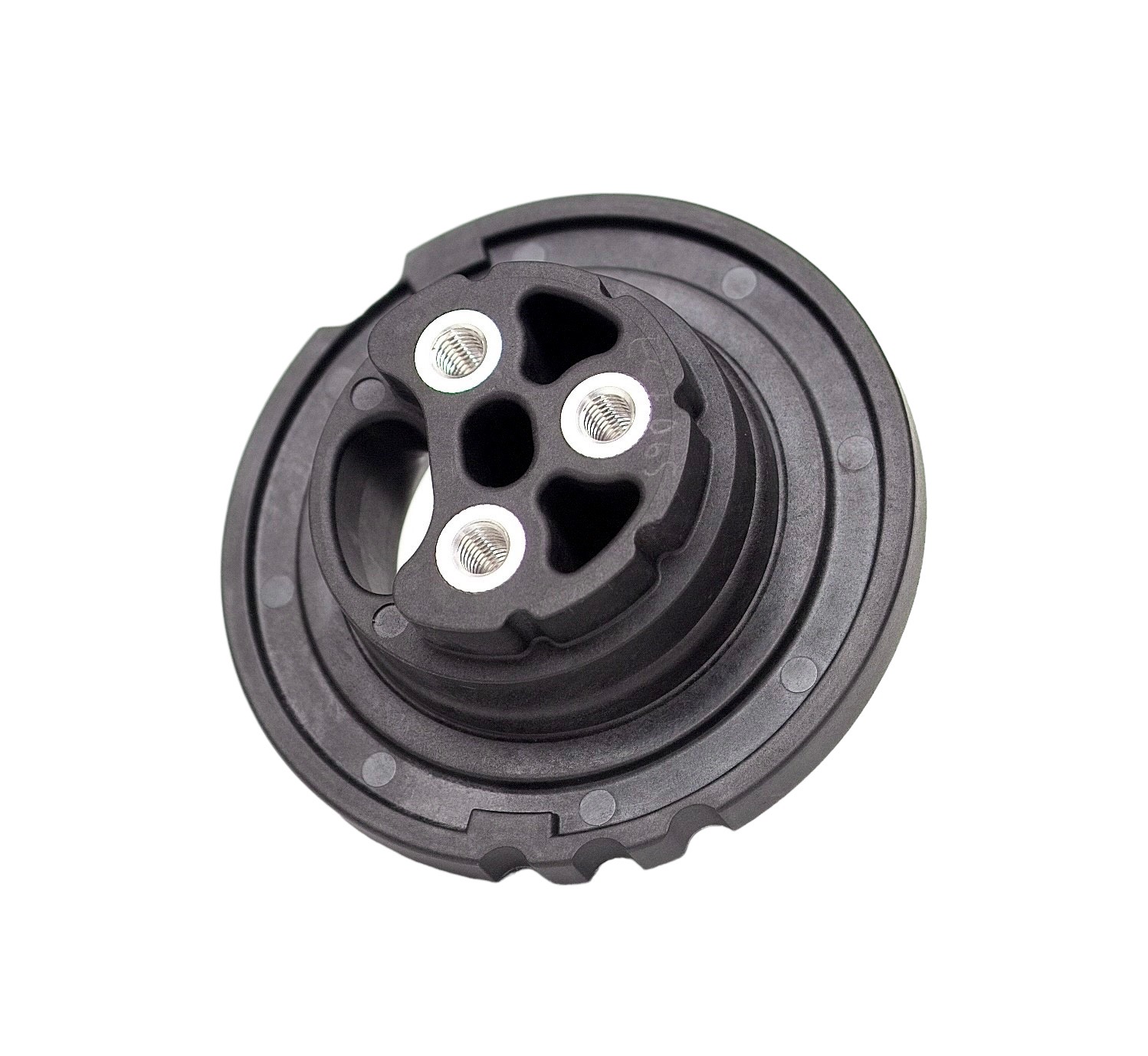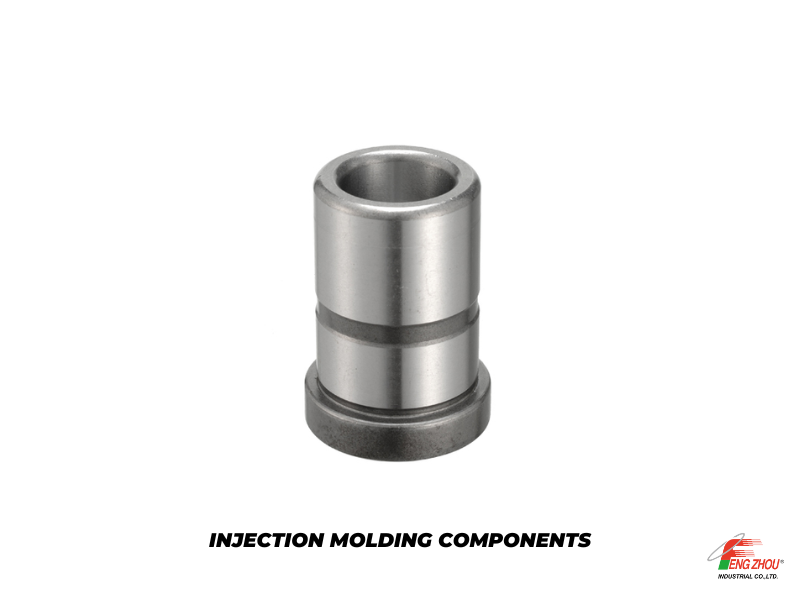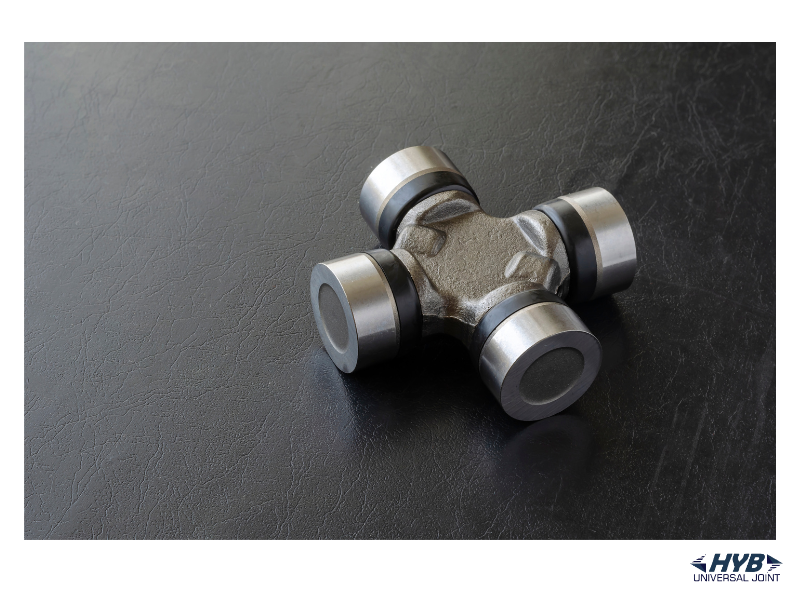Enhancing Efficiency and Flexibility: The Role of Automatic Tool Changers in Modern Machine Tools
2023-07-20Machinery

Enhancing Efficiency and Flexibility: The Role of Automatic Tool Changers in Modern Machine Tools
In the realm of machine tools, tooling plays a vital role in achieving precision, productivity, and efficiency. The selection, setup, and management of cutting tools are critical factors that directly impact the quality of machining operations. However, manual tool changes present challenges that can hinder manufacturing processes. In this article, we explore the importance of tooling in machine tools and the associated challenges with manual tool changes.
The Importance of Tooling in Machine Tools:
Tooling in machine tools refers to the various cutting tools, inserts, holders, and accessories used to shape, form, and remove material during the machining process. The quality and appropriateness of the tools employed significantly influence the accuracy, surface finish, and overall productivity of the machining operations. Tool selection, based on factors such as material, geometry, and coatings, is crucial in achieving desired outcomes. Proper tool setup and alignment are equally important for precision and stability. Ultimately, well-optimized tooling solutions contribute to improved efficiency, reduced cycle times, and higher-quality finished products.
the concept of automatic tool changers (ATCs) and their significance in improving efficiency and flexibility in manufacturing processes
Challenges Associated with Manual Tool Changes:
Manual tool changes involve physically replacing tools in the machine tool's spindle or tool turret, requiring human intervention. While manual changes are feasible for small-scale operations or low-frequency tool swaps, they pose challenges as production demands increase. Here are some key challenges associated with manual tool changes:
- Downtime and Production Loss: Manual tool changes are time-consuming, leading to increased machine downtime. This downtime accumulates, impacting productivity and overall equipment efficiency (OEE). The lost time can have a significant financial impact on manufacturing operations.
- Human Error and Inconsistency: Manual tool changes are prone to human error, including tool misalignment, incorrect tool selection, or inadequate tightening. Inconsistencies across operators can lead to variations in machining results, affecting part quality and requiring additional setup and inspection time.
- Safety Risks: Manual tool changes expose operators to potential hazards, such as accidental tool drops, injuries from sharp tools, or ergonomic strains. Ensuring operator safety during tool changes is a crucial consideration for manufacturers.
- Limited Flexibility: Manual tool changes restrict the ability to quickly adapt to changing machining requirements or accommodate complex operations involving multiple tools. The process of physically swapping tools can be a bottleneck in achieving production flexibility and agility.
- Skill Requirements and Training: Skilled operators are essential for efficient manual tool changes. Training and experience are necessary to handle various tooling systems, understand tool geometry, and follow proper procedures. Maintaining a skilled workforce can be a challenge due to personnel turnover or the scarcity of experienced operators.
The primary components and mechanisms involved in ATCs:
- Tool Magazines: Tool magazines are storage units that house a variety of cutting tools, such as drills, end mills, inserts, and other tooling accessories. These magazines can be in the form of a carousel, arm, or drum, depending on the specific ATC design. The tool magazine acts as a repository for tools, ensuring quick and easy access during tool change operations.
- Grippers: Grippers are responsible for securely holding and releasing the cutting tools during the tool change process. They typically feature a clamping mechanism that firmly grasps the tool shank or holder. Grippers are designed to provide stability and accuracy while handling various tool sizes and shapes. They play a crucial role in maintaining tool alignment and minimizing runout.
- Tool Holders: Tool holders are essential components that connect the cutting tool to the machine tool's spindle or tool turret. They provide a secure interface and transfer rotational power from the machine to the tool. Tool holders come in different configurations, such as collet chucks, hydraulic chucks, and heat-shrink holders, each offering specific advantages in terms of tool holding capacity, rigidity, and ease of use.
- Actuators and Drive Mechanisms: Actuators and drive mechanisms enable the movement of the ATC components during the tool change operation. These mechanisms can include pneumatic or hydraulic cylinders, electric motors, or a combination of both. The actuators drive the tool magazine, grippers, and tool holders to the designated positions for tool loading and unloading. The drive mechanisms ensure precise and synchronized movements for reliable tool changes.
- Control System and Software: The control system and software act as the brains behind the ATC operation. The control system interprets commands from the machine tool's control unit or operator interface and orchestrates the movement of the various ATC components. Software interfaces enable communication and data exchange between the ATC and the machine tool's control system. They provide functionalities such as tool selection, tool tracking, and tool life management.
- Sensors and Feedback Mechanisms: Sensors and feedback mechanisms are employed to ensure the accuracy and reliability of the ATC operation. These can include position sensors, proximity sensors, tool presence sensors, and tool measurement systems. Position sensors provide feedback on the precise positioning of the tool magazine, grippers, and tool holders. Proximity sensors detect the presence or absence of a tool in the grippers. Tool measurement systems allow for tool length and diameter measurements to optimize tool setup and compensate for wear.
The types of ATCs:
Automatic Tool Changers (ATCs) come in various types, each offering unique features and advantages to cater to different machining requirements. Let's explore the three common types of ATCs: carousel-style, arm-style, and drum-style changers.
1. Carousel-Style ATCs:
Carousel-style ATCs employ a rotating carousel or disk as the tool storage mechanism. The tools are mounted on tool holders or tool pockets positioned around the periphery of the carousel. During a tool change, the carousel rotates to present the desired tool to the gripper mechanism. Here are the features and advantages of carousel-style ATCs:
- ● High Tool Capacity: Carousel-style ATCs can accommodate a large number of tools, typically ranging from 20 to hundreds of tools, depending on the carousel size and configuration. This high tool capacity allows for a wide variety of tools to be readily available for machining operations.
- ● Compact Design: The carousel-style ATCs have a relatively compact design, making them suitable for machines with limited space. The vertical orientation of the tool storage minimizes the footprint and optimizes the use of available workspace.
- ● Fast Tool Changes: The rotational movement of the carousel enables quick tool changes, as the desired tool can be positioned in front of the gripper without extensive movements or travel. This results in reduced downtime and increased productivity.
- ● Sequential Tool Selection: The carousel design facilitates sequential tool selection, where tools are accessed in a sequential order based on their position on the carousel. This feature can be advantageous in certain applications that require a specific tool sequence or tooling strategy.
2. Arm-Style ATCs:
Arm-style ATCs utilize a robotic arm mechanism to retrieve and exchange tools. The robotic arm moves along a predefined path to access the tool magazine or tool storage area. The arm reaches out to grip the desired tool and brings it back to the machine tool's spindle or tool turret. Here are the features and advantages of arm-style ATCs:
- ● Flexibility and Reach: Arm-style ATCs offer a high degree of flexibility in tool selection and placement. The robotic arm can navigate complex paths, enabling access to tools located in different orientations or positions within the tool magazine. This flexibility accommodates a wide range of machining requirements.
- ● Adaptable Tool Storage: Arm-style ATCs can be configured with various types of tool storage, such as linear magazines or shelves. This adaptability allows for customization based on specific tooling needs and available space.
- ● Simultaneous Tool Changes: Some arm-style ATCs are capable of simultaneous tool changes. This means that while one tool is being exchanged with the machine tool, the robotic arm can simultaneously access another tool from the magazine. Simultaneous tool changes improve efficiency and reduce idle time.
- ● Tool Length Compensation: Arm-style ATCs often incorporate features for tool length compensation. This compensates for differences in tool lengths and ensures precise tool positioning, minimizing the need for additional manual adjustments or programming changes.
3. Drum-Style ATCs:
Drum-style ATCs feature a rotating drum or turret as the tool storage unit. The tools are mounted on the drum, which rotates to align the desired tool with the gripper for tool exchange. Here are the features and advantages of drum-style ATCs:
- ● Quick Indexing: Drum-style ATCs provide fast indexing or rotation of the drum to present the required tool. The compact and concentric design allows for rapid tool changes, minimizing downtime and optimizing production efficiency.
- ● High Tool Density: Drum-style ATCs offer a high tool density, allowing for a large number of tools to be accommodated in a relatively small space. This feature is beneficial for applications that require a diverse range of tools within a limited footprint.
Conclusion
Tooling plays a pivotal role in machine tools, directly influencing machining accuracy, productivity, and efficiency. Manual tool changes present challenges, including increased downtime, the potential for human error, safety risks, limited flexibility, and skill requirements. To overcome these challenges and unlock the full potential of machine tools, manufacturers often turn to automation solutions such as Automatic Tool Changers (ATCs). ATCs streamline tool changes, reduce downtime, enhance productivity, and promote operational flexibility. Embracing advanced tooling technologies and automation is crucial for staying competitive in the dynamic manufacturing landscape.
In conclusion, Automatic Tool Changers (ATCs) play a pivotal role in modern manufacturing, and as a leading manufacturer of ATCs, GIZIN empowers industries with efficient and reliable tool change solutions, enhancing productivity and driving manufacturing excellence.















